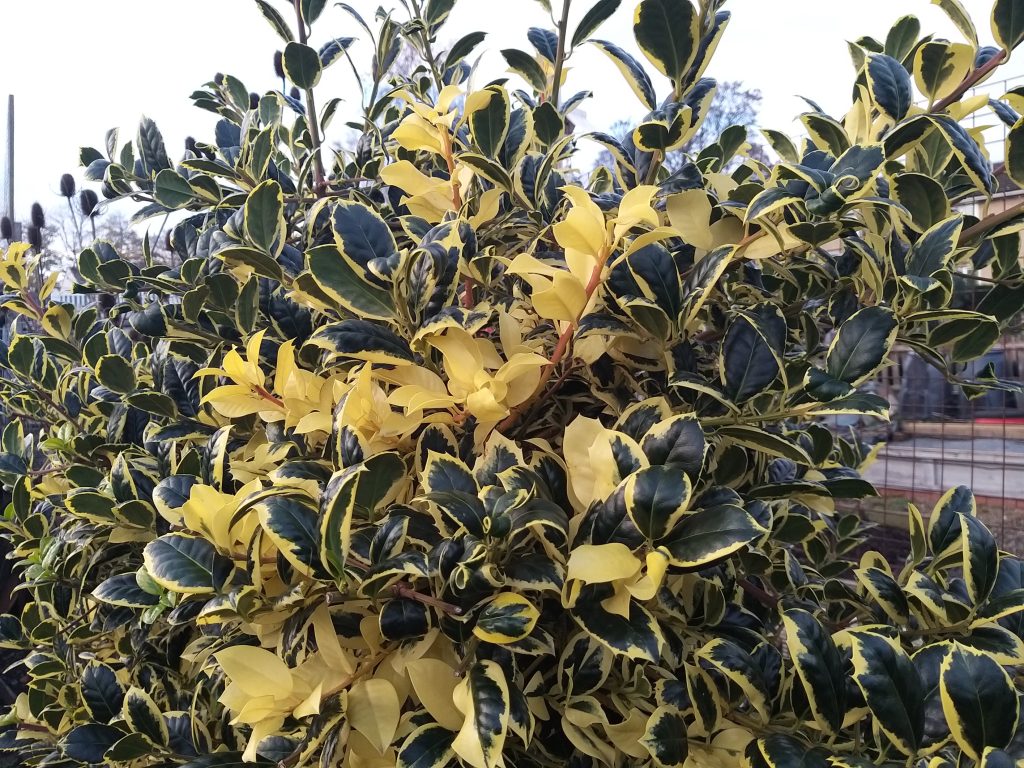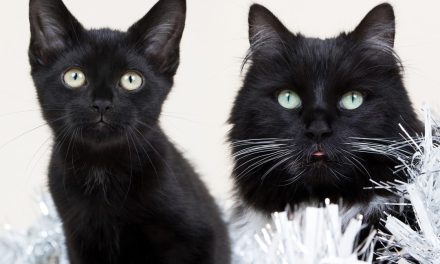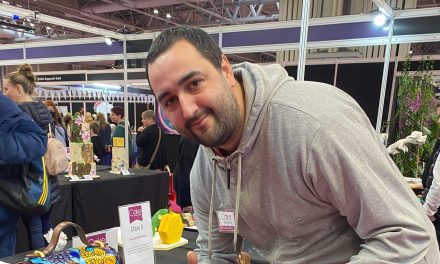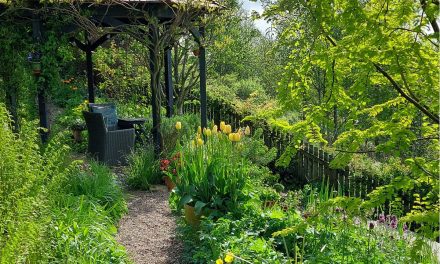By Gordon the Gardener
“In ancient times, both Druids and Romans hung sprigs of mistletoe in their homes and places
of celebration to bring good fortune, peace and love.”
“Holly and mistletoe Candles and bells,
I know the message That each of you tells.”
– Leland B. Jacobs, Mrs. Ritters First Grade Critters
It’s nearly Christmas and I make no apology for talking about holly. Very much a symbol of Christmas, it is one of our most colourful trees of winter. It brightens up the gloom at this time of year.
Holly is often overlooked by people who only think about it once a year. The same can be said about Euphorbia Pulcherrima. That’s the Latin name for poinsettia. Remember that. It might pop up in your Christmas quiz!
The English Holly (Ilex Aquifolium) attracts pollinators, though only the females yield the berries that draw songbird diners, particularly in the barren winter months.
Some believers still hold that the thorns symbolise those on the crown worn by Jesus, and the red berries his blood spilled at crucifixion.
Many people can’t understand why their holly tree doesn’t have any berries. There can be two reasons for this.
There are male and female cultivars, and you don’t need a degree in biology to realise that to get berries, you must have a mummy and a daddy. You won’t get berries by just having one or the other.
Ilex Altaclerensis ‘Golden King’ is a female that I have. JC van Tol is one that is both male and female, so doesn’t need a partner, but it produces more berries when a male is planted nearby. It is available in green and variegated forms and gets berries very quickly from planting.
Blue Prince is a beautiful variegated male that I planted – only ONE male is needed to serve 20 females. No sniggering at the back! It’s plants we are talking about, remember…

Many shrubs can be pruned in winter but be careful of not pruning spring flowering shrubs like forsythia, which flower on second year growth, otherwise winter pruning will cut all the flowering wood off.
Fallen leaves can help both your garden and wildlife. Simply rake leaves onto your shrubbery where worms will pop up and drag them down into the soil creating fertility.
This helps biodiversity and birds such as thrushes swish about in the leaf litter to find food during hard frost, when food is scarce.
Brussels sprouts and leeks now having been frosted will have a fine taste on your Christmas dinner.
READ MORE: Catch up on Gordon’s previous gardening blogs HERE
Tulips can still be planted and bargains are to be had now. I have planted tulips in early January which have still shown their glory in spring.
If you have early flowering bulbs in pots such as Narcissus Tete a Tete a pot or two can be brought into heat and light to flower for Christmas.
‘At Christmas I no more desire a rose
Than wish a snow in May’s new-fangled mirth;
But like of each thing that in season grows.’
William Shakespeare
Finally, I’d like to wish all my readers (both of you) a very Merry Christmas and I’ll see you in the New Year!


















